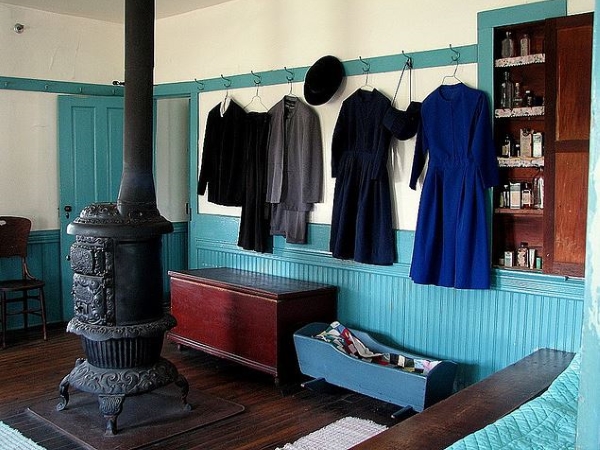Capturing photographs using natural light indoors can give photographers some amazing images that artificial lighting simply cannot produce. It’s important, however to make sure that you’re getting just the right amount of light to bring out subtle color and shadows. Too much light can decrease the amount of shadow and contrast in your photos, which will lead to dull-looking final images. Not enough light can create too much shadow, making images appear dark and lacking in color or vitality. Use the following tips to ensure that your natural light photography gives you the best final images you can get.
Adjust Your ISO Settings
If you don’t have any experience with manually adjusting your camera’s settings to take photographs, working with your ISO settings is an excellent place to start. ISO stands for International Standards Organization, and it measures light sensitivity. When you adjust your camera’s ISO to a higher number, you’re letting the aperture stay open longer, which allows more light in. Lower ISO settings let less light in, but the camera snaps pictures more quickly, minimizing the need for camera stability. When you allow in more light, you’re able to capture more nuances of color, contrast and shading. Lower ISO settings often produce grainy low and natural light photography. Be sure, however, that when you use higher ISO settings you have a camera or other stable object on which to put your camera. If you don’t, you’ll end up with blurred images.
Manually Adjust the Amount of Light In the Room
Another way to get great photographs is by adjusting the amount of natural light you let into the room in which you’re taking photography. Experiment by blocking some light from the windows as well as using sheer curtains to allow in less light. Combine this with adjusting your ISO settings as well to see what combinations give you the most ideal images.
Experiment with Different Angles
As a general rule, photographs with the subject dead-on in the center of the photograph don’t produce the best images. Move around the subject and get photographs at different angles. Try not only an upward and downward angle, but also try photographing at a 45 degree angle to each side. Photographs taken at angles in this way tend to capture more contrast and shadow, and they also tend to highlight the lightest part of your photo.
 EN
EN IT
IT 


 ES
ES DE
DE FR
FR NL
NL